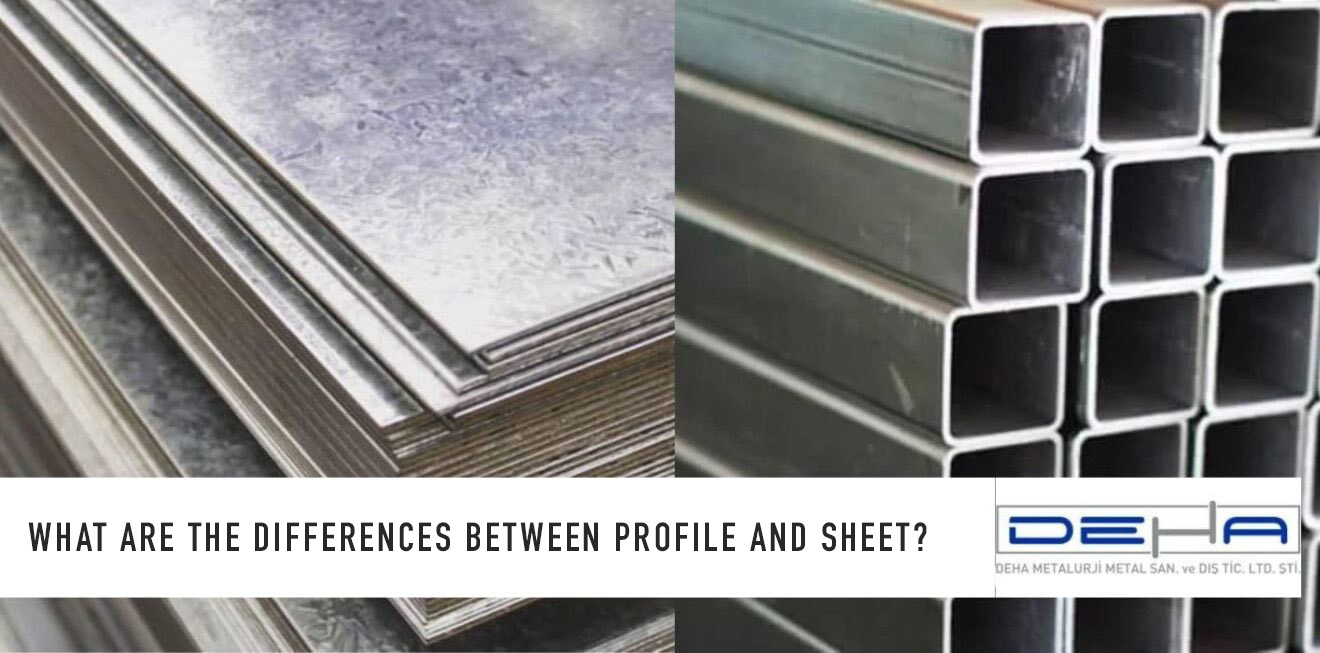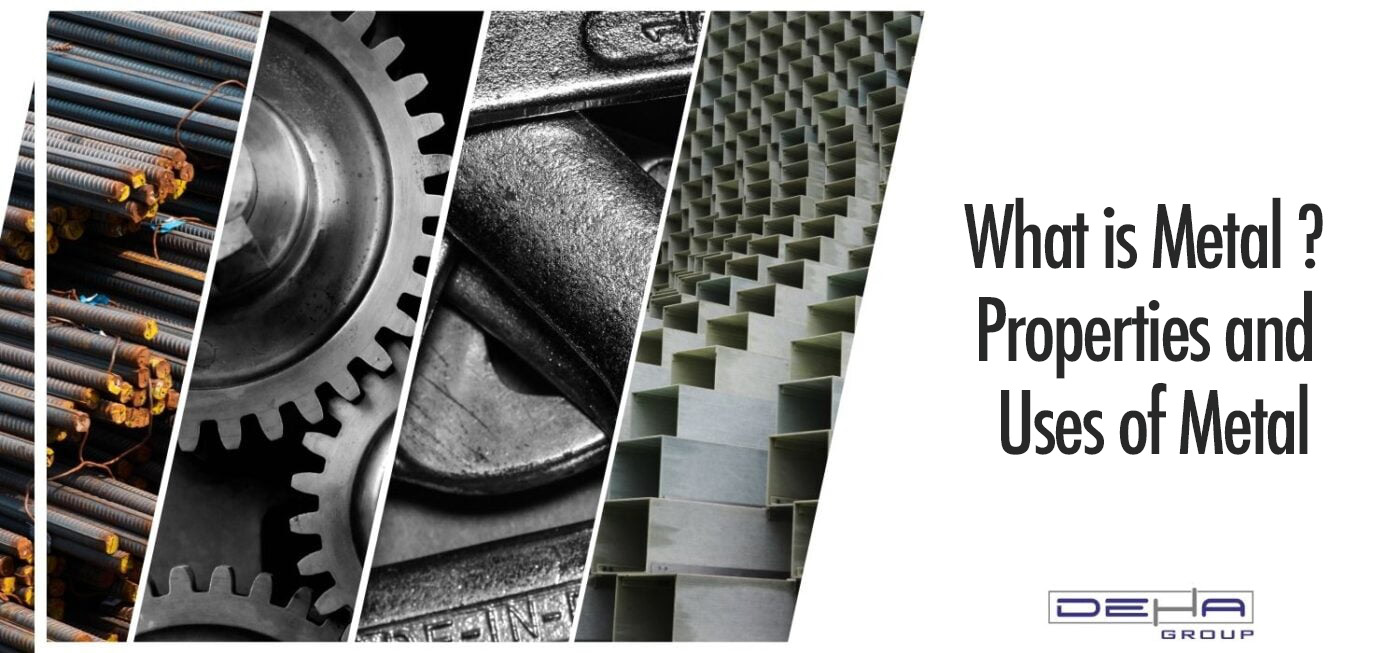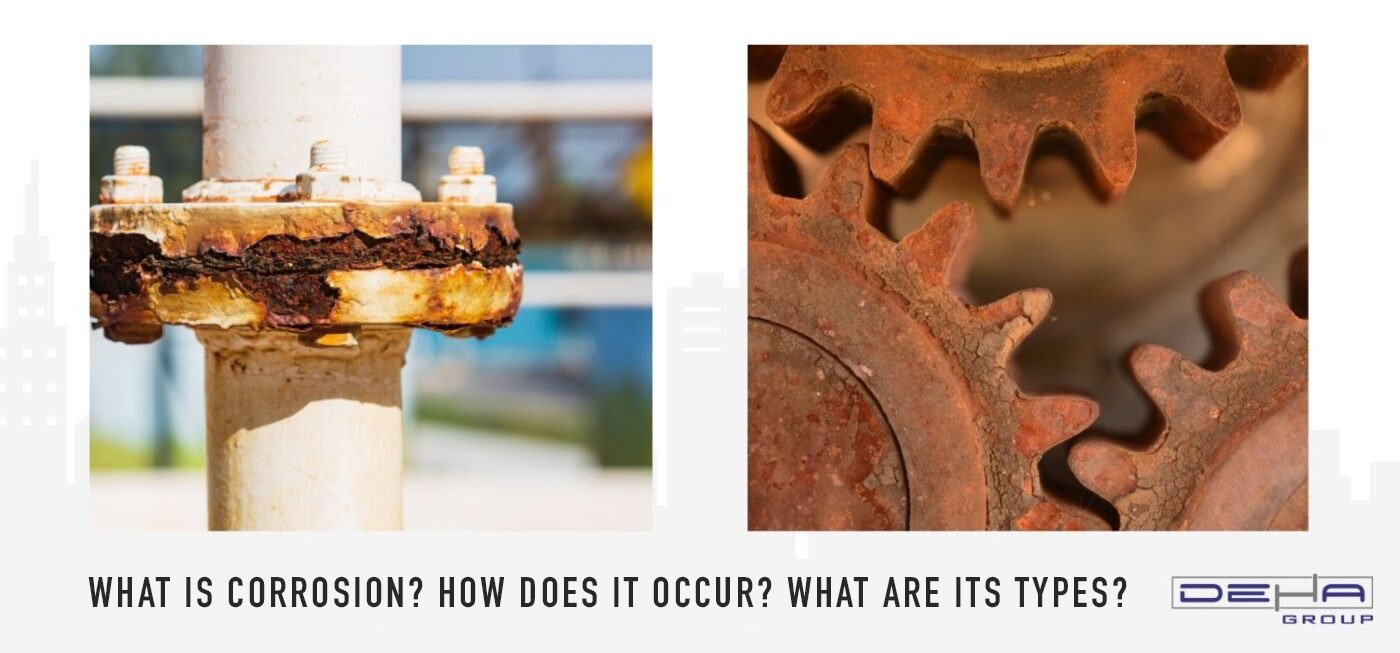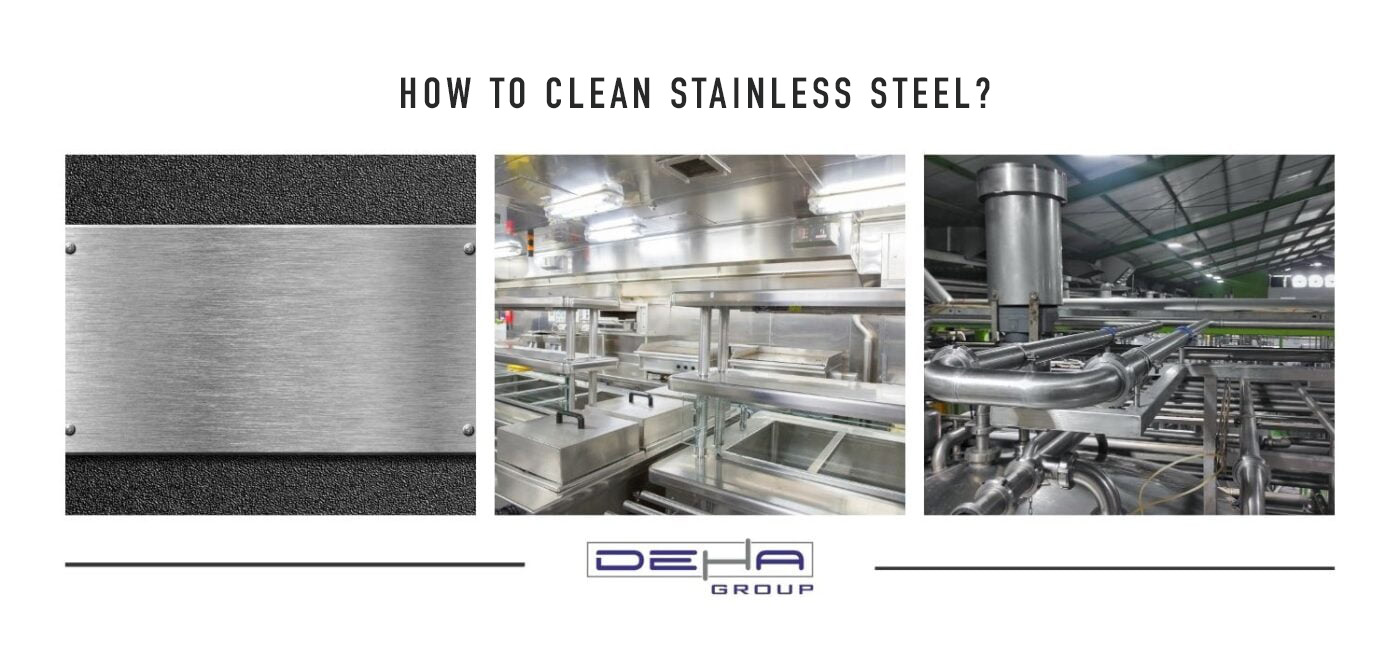
Stainless steel is a material commonly preferred in both industrial and domestic use. The chromium content in stainless steel provides resistance to oxidation. This feature makes stainless steel a durable and aesthetic option in various environments. Stainless steel can be diversified with different alloys and surface treatments, having varied physical and chemical properties.
The durability of stainless steel makes it an ideal material, especially for environments that are humid or in contact with chemicals. As a result, it is widely used in a broad range of applications from kitchenware to industrial equipment. However, depending on the conditions of use, it may become dirty and develop stains over time, thus requiring regular maintenance and cleaning.
To maintain the aesthetic and functional properties of stainless steel, the correct cleaning methods should be applied. Dirt and stains on the surface can negatively affect the material's natural shine and durability. In this article, we will provide detailed information on how stainless steel should be cleaned.
To ensure that stainless steels remain durable and aesthetically pleasing, regular maintenance is required. The first step is to clean the accumulated dust and dirt on the surface. Cleaning with a soft cloth and warm soapy water generally removes the dirt from the surface. This process helps maintain the material's shine and is adequate for daily maintenance.
For more stubborn stains, special stainless steel cleaners can be used. These cleaners effectively remove stains and fingerprints from the surface while preventing damage to the material. After the cleaning process, it is important to rinse and dry the surface thoroughly. Water spots and residues can leave marks on the surface over time.
Regular maintenance increases the durability of stainless steel and keeps it looking like new for a long time. Timely cleaning of dirt and stains preserves the material's quality and aesthetic appearance. Additionally, regular maintenance and cleaning extend the lifespan of stainless steel products and enhance their performance.
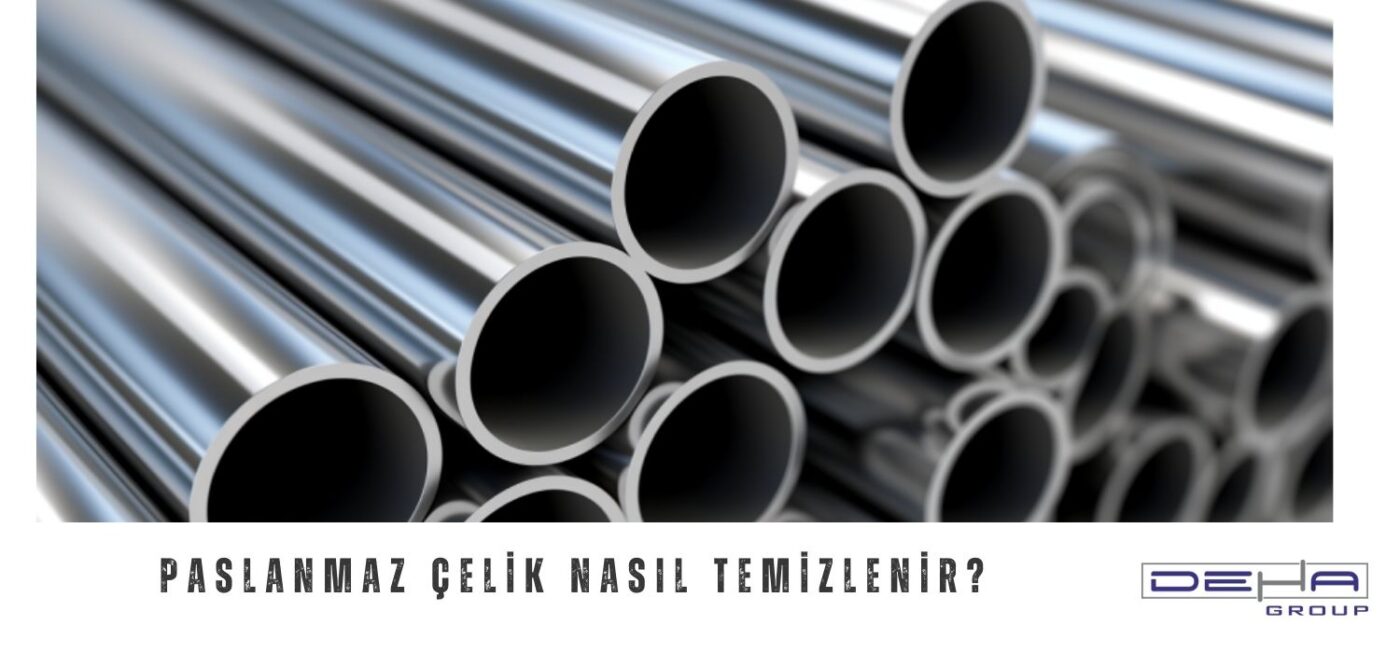
Cleaning stainless steel surfaces is important to maintain the appearance and performance of the material. Cleaning methods may vary depending on the type of surface and the level of contamination. Initially, simple methods are preferred for daily cleaning processes, while special cleaning techniques can be applied for tougher stains. Here are some basic methods that can be used for cleaning stainless steel:
Cleaning with Mild Soapy Water
One of the most common methods for daily cleaning of stainless steel surfaces is using mild soapy water. This method effectively cleans dust and dirt accumulated on the surface. When applied with a soft cloth or sponge, this cleaning method prevents damage to the surface and preserves the material's natural shine. Rinsing the surface thoroughly with water and wiping it with a dry cloth afterward prevents water spots and keeps the surface looking clean.
Special Stainless Steel Cleaners
For tougher stains and dirt, using specially formulated stainless steel cleaners can be beneficial. These cleaners effectively dissolve and clean fingerprints, grease, and other stains on the surface. It is important to apply the cleaner according to the instructions on the product label. Typically, these cleaners are applied to the surface with a cloth or sponge and then rinsed thoroughly with water. This method helps keep the surface looking clean and shiny for a long time.
Natural Cleaning Methods
Natural cleaning materials can also be used for cleaning stainless steel surfaces. Natural products like lemon juice and baking soda can be effective in removing stains from the surface. Lemon juice helps dissolve stains due to its natural acidic properties, while baking soda exhibits a mild abrasive quality and cleans the stains. When these materials are applied with a soft cloth or sponge, they prevent damage to the surface and provide a natural clean.
Each cleaning method offers different advantages and disadvantages. Cleaning with mild soapy water is generally considered the safest and easiest method but may not remove some tough stains. Special stainless steel cleaners can provide more effective results but should be used carefully due to their chemical content. Natural cleaning methods offer an eco-friendly option but may sometimes require more effort.
When choosing a method for cleaning stainless steel surfaces, the type of surface and level of contamination should be considered. While soft soapy water may be sufficient for daily cleaning, special cleaners or natural methods can be preferred for more stubborn stains. Additionally, care should be taken to ensure that the cleaning materials and methods used do not damage the surface. When the correct cleaning method is chosen, stainless steel surfaces maintain their clean and aesthetic appearance for a long time.
There are important points to consider during the cleaning of stainless steels. Firstly, abrasive cleaning materials and hard brushes should not be used. Such materials can cause scratches and damage to the surface. Soft cloths and sponges prevent surface damage and ensure effective cleaning.
Care should be taken when choosing chemical cleaners. Acidic or alkaline cleaners can damage the natural protective layer of stainless steel. Instead, pH-balanced cleaners should be used, and the instructions on the product label should be followed. Rinsing the surface with plenty of water after cleaning helps remove chemical residues.
Attention should be paid to the quality of the water used in cleaning stainless steels. Hard water can cause stains and lime deposits on the surface. Thoroughly drying the surface after cleaning prevents the formation of water spots and preserves the aesthetic appearance of stainless steel.

 TR
TR

